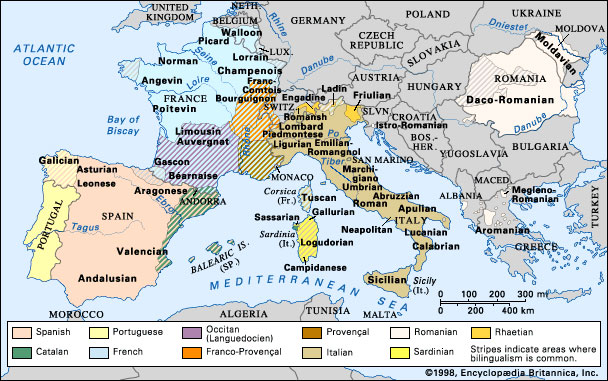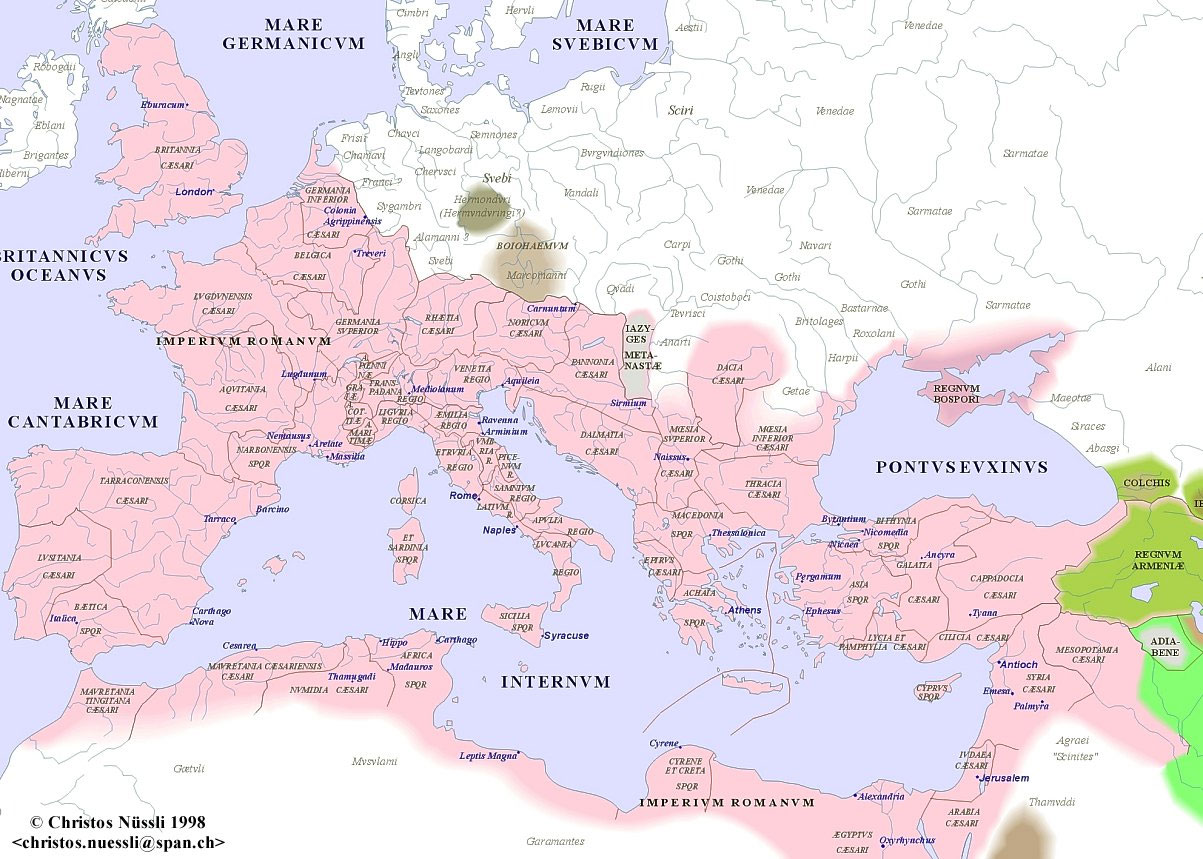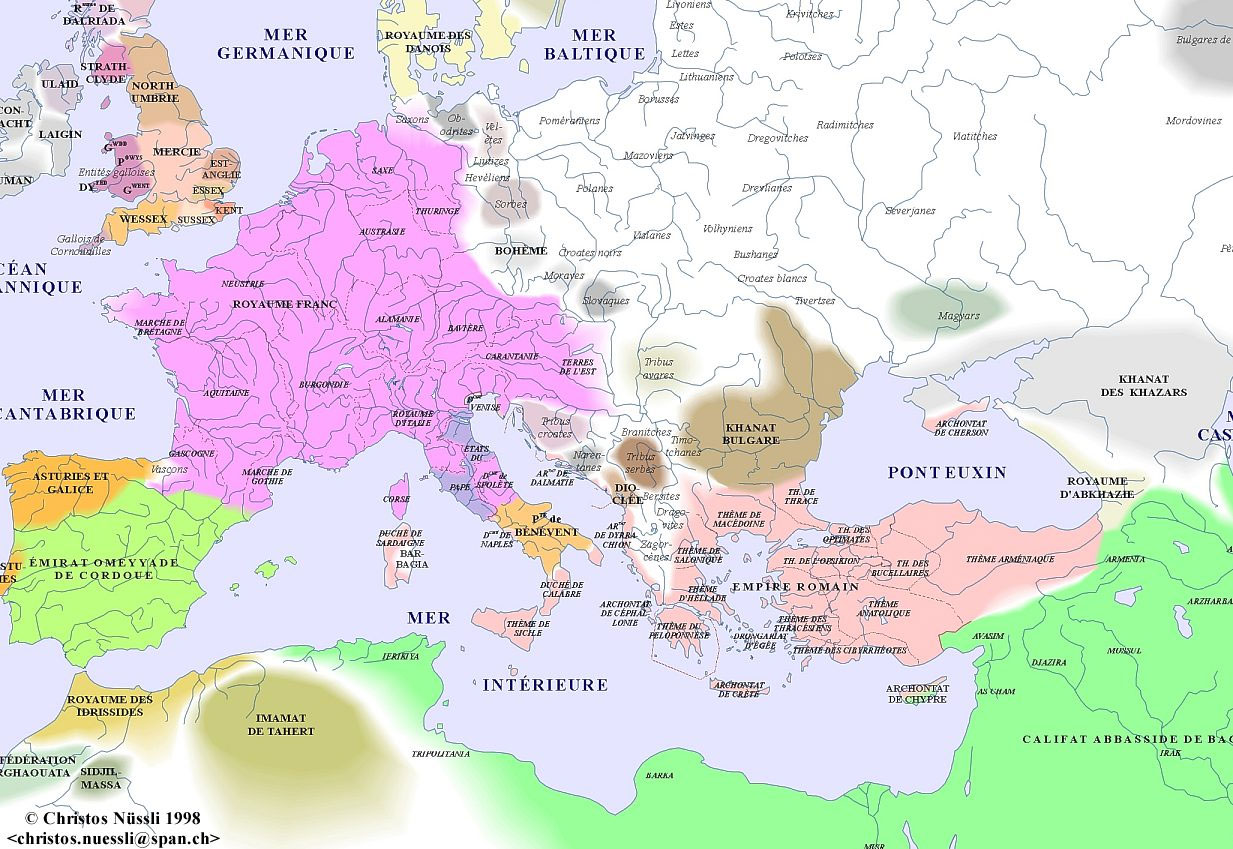Lesson Title: Linguistic and Cultural Fusion: The lasting linguistic and cultural exchange of the Arabic Language and Islamic culture on the Spanish language
Name: Tim McKay
School: Harford County Schools; Aberdeen Middle School
Grade level: Grade 8
Discipline: Spanish I
This interdisciplinary unit of geography, history, language and music hopes to show foreign language students the lasting linguistic and cultural fusion that resulted from the Moorish rule of Spain from the 8th through 15th centuries.
These lessons are appropriate for Spanish, Foreign Language Exploratory, General or World Music, Social Studies or World Literature. In foreign language, these lessons could be part of any beginning Spanish course grades 8-12. Lessons are projected to be used for 3-5 days in a typical 45-minute class period. Lessons need not be used for the whole period or on consecutive days. The following lessons can be infused into any essential background or enrichment activities common in foreign language, music and social studies courses.
The Big Ideas of these lessons are lasting linguistic and cultural exchange/fusion resulting from conquest, exploration and trade. Contact between Christians of the former Roman Empire and Muslims of the Moorish Caliphates between the 8th and 15th centuries (especially in the former Al-Andaluz) have left some direct and indirect influences on the language, culture and music of Spain. Through studies of maps, poetry, vocabulary and music I hope to show this fusion.
National Standards for Foreign Language Learners: Essential Learner Outcomes
Cultures
Standard 2.1 (NS 2.1) Students demonstrate an understanding of the relationship between the practices and perspectives of the cultures studied.
Standard 2.2 (NS 2.2) Students demonstrate an understanding of the relationship between the products and perspectives and the cultures studied.
Connections
Standard 3.1 (NS 3.1) Students reinforce and further their knowledge of other disciplines through the foreign language.
Comparisons
Standard 4.1 (NS 4.1) Students demonstrate understanding of the nature of language through comparisons of the language studied and their own.
Standard 4.2 (NS 4.2) Students demonstrate understanding of the nature of language through comparisons of the cultures studied and their own.
Harford County Essential Understandings for Level I (HC 1-4)
1.The student understands that language is a system of grammatical patterns
used to communicate information, ideas and social mores.
2.The student understands that culture is linked to geographic location.
3.The student understands that there are similarities in the roles and
interactions of people within societies.
4.The student understands that learning a foreign language promotes interactions
within the shrinking global community.
Unit: The Spanish Speaking World
Content Standards:
Students will:
1.Identify the countries/regions of the Spanish-speaking world.
2.Identify the major Romance languages of the world.
3.Identify selected areas of the former Roman Empire.
4.Identify selected areas of Moorish Spain.
5.Identify selected modern day countries of the Arabic speaking world.
Essential Understanding: HC 2, 3, 4
Key Concepts:
Cultures (NS 2.1)
Connections (NS 3.1)
Comparisons (NS 4.1, 4.2
Guiding Questions
1.How many countries in the world speak Spanish?
2.What languages were derived from Latin and where are they spoken?
3.Who ruled the Iberian Peninsula before Columbus came to the New World?
4.What causes empires to fall?
5.What is the difference between tolerance and persecution?
6.How does geographical location impact language?
Prerequisite Knowledge:
Students should already possess a knowledge of:
1.Places where English is spoken in the world
2.Places where Hispanics are the majority in the US
3.Places where the US military is actively engaged in the Middle East.
4.The sound of English, Spanish, French, and Arabic
5.The differences in regional varieties of English
6.Popular Latino or Spanish speaking musicians
7.The sound of the guitar
Procedural Knowledge:
Students will be instructed in:
1.the countries/regions of the world where Spanish is an official or majority language.
2.the 5 major romance languages
3.the fall of the Roman Empire, and the regions where Vulgar Latin became the Romance Languages
4.the Moorish invasion of Spain in 711, and the extent of their rule
5.Córdoba, Granada, Sevilla: Great cities of Al-Andaluz
6.the fall of Granada on January 2, 1492
7.the voyages of Columbus and the spread of the Spanish Empire 1492-1898
8.the countries of the world that speak Arabic
9.significance of US military campaigns and our community
10. 10-20 words in Spanish that came from Arabic, as evidenced by comparing other Romance language words
11. music of 12th century Spain
12. music of 15th century Spain
13. music of 19th-20th centuries Spain
14. selected music of the Middle East
Student Performance Standards: forthcoming
Formative assessment:
Throughout the unit the teacher will gather feedback of student learning by:
1.total-physical response activities using maps (both printed and transparent)
2.completion of written worksheet activities (forthcoming)
3.student responses to oral and written drill exercises
4.an evaluation of collected homework
5.an assessment of oral and written student/cooperative group interviews
6.oral and written quizzes to assess the acquisition of content knowledge
7.listening activities for identifying Spanish and Arabic music and artists
Summative assessment
Students will:
1.label a map of the world with 10 Spanish Speaking countries or regions
2.label a map of the world with 3 modern Arabic and/or Muslim countries
3.identify the last city of Al-Andaluz
4.distinguish between Spanish and Arabic music
5.name their favorite song or artist and tell why
6.sing, hum or perform a selection of Arab or Spanish music
Instructional Strategies and Activities
1. examine the earliest poems (zéjel, jarchas) from 10th and 11th century Spain (handouts forthcoming)
2.listen to CD recordings of Alfonso X el Sabio’s Cantigas de Santa María
-- Alfonso X el Sabio: Cantigas de Santa María La Capella Reial de Catalunya, Hespèrion XX, Jordi Savall. Auvidis, 1993. and
-- A Medieval Banquet: Music from the Age of Chivalry Martin Best Mediæval Consort, Martin Best. Nimbus, 1995.
3.examine maps of the Spanish Speaking world (Glencoe McGraw Hill, 2003)
4.examine maps of the Romance Language Speaking world. (see handout 1)
5.examine maps of the Roman Empire, AD 200. (see handout 2)
6.examine maps of Moorish Spain, AD 800, 1200, 1300, 1400 (see handouts 3, 4, 5, 6)
7.attend a team teaching class with Marianne Pastelak on the development of the ‘oud into the lute and guitar (see Pastelak’s lessons)
8.participate in a performance of 1 or 2 Cantigas de Santa María performed by music and foreign language students and McKay and Pastelak (pending; details forthcoming)
9.listen to music from 15th century Spain; and 1492 Music from the age of Discovery, Jaffee. Waverly Consort, EMI 1992.
10. listen to authentic Berber-Moroccan folk music
Apocalypse across the sky The Master Musicians of Jajouka, Attar. Island records, 1992.
11.listen to recordings of Algerian raï by Khaled. Identify the fusion of traditional Maghrebi music and western funk and hip-hop
-- Discography forthcoming
12. learn about the Moorish, Gypsy and Spanish fusion evidenced in traditional flamenco music
13.listen to the traditional flamenco music and modern pop fusions
-- Paco Peña (Discography forthcoming.Lyrics and handouts forthcoming)
-- Gipsy Kings
14.listen to and identify traditional elements in Natacha Atlas’ music
-- Discography forthcoming. Lyrics and handouts forthcoming.
15.compare modern Eastern and Western pop music, using examples of Enrique Iglesias and Amr Diab.
-- Discography forthcoming.
-- Lyrics and handouts forthcoming.
Correctives/Reteaching: forthcoming
Handout #1 The Romance Languages of Europe Map

Handout 2: Roman Empire in AD 200

Handout 3: Roman Empire in AD 800
